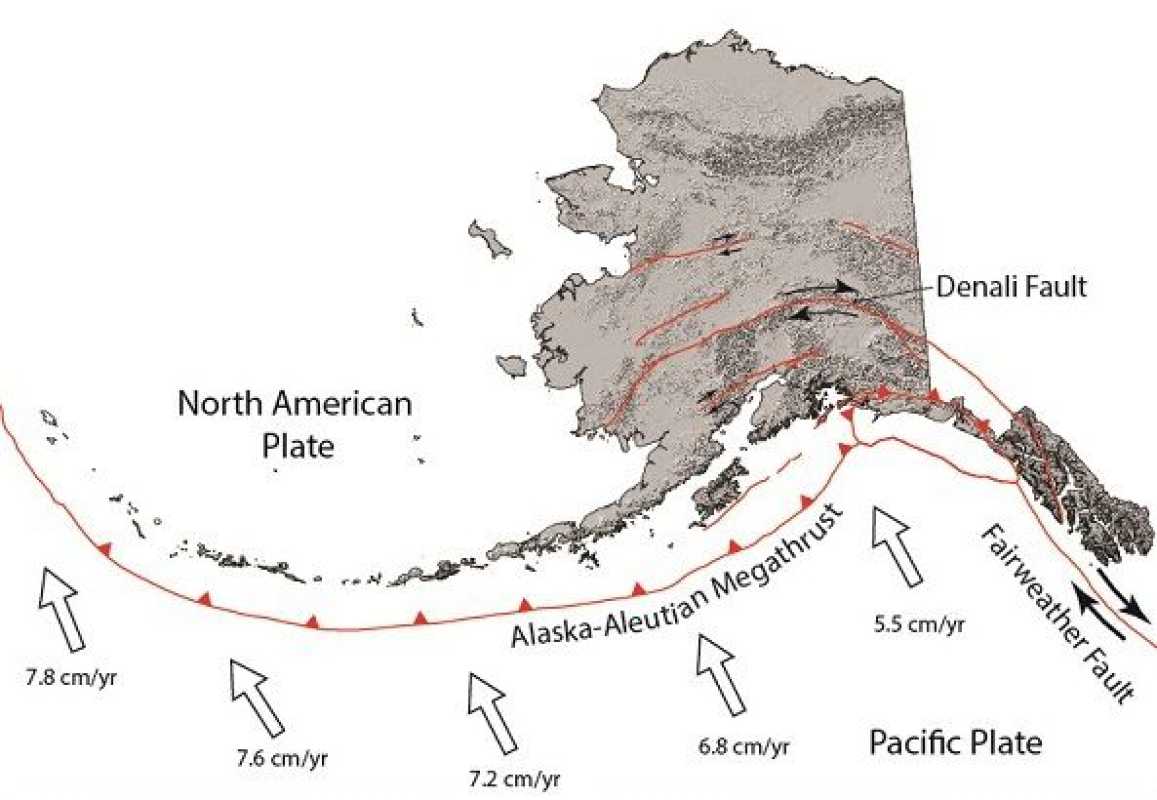News
Tectonic Activity in Alaska Peninsula and Southcentral Alaska: A Seismic Overview

Two distinct regions of Alaska, the Alaska Peninsula, and Southcentral Alaska, have experienced significant tectonic activity, leading to a series of seismic events that continue to shape the landscape.
In Southcentral Alaska, seismic activity is primarily driven by the interaction of the Pacific and North American Plates along the megathrust fault. The 1964 Great Alaska Earthquake, originating in Prince William Sound, remains a historical benchmark for the region’s seismic potential.
Additionally, intermediate-depth seismicity in Southcentral Alaska occurs in the Wadati-Benioff Zone, where the Pacific Plate subducts beneath the North American Plate. Recent events like the 2016 Iniskin and the 2018 Anchorage earthquakes underscore the ongoing seismic hazards in the region.
Crustal seismicity in Southcentral Alaska is attributed to various sources, including the faults and folds of the Cook Inlet basin, the Castle Mountain Fault, and a diffuse seismic zone extending to the Denali Fault. The 1933 Anchorage earthquake and the 1984 Sutton earthquake serve as reminders of the region’s susceptibility to strong ground motions.
Turning to the Alaska Peninsula, the Aleutian megathrust fault generates the most powerful earthquakes in the area. Recent events like the 2020 Simeonof Earthquake and the 2021 Chignik Earthquake highlight the region’s seismic activity, with historical records of tsunamis adding to the geological complexity.
Intermediate-depth seismicity along the Aleutian-Alaska Wadati-Benioff Zone contributes to thousands of small earthquakes annually, with sporadic larger events like the 1999 and 2001 Kodiak Island earthquakes causing local damage.
Crustal seismicity in the Alaska Peninsula region is linked to the Kodiak Shelf Fault Zone and the volcanic arc, with the 1912 Novarupta eruption showcasing the region’s volatile geology.












